On a hotter planet, we are all Australians
By David Spratt | January 16, 2020
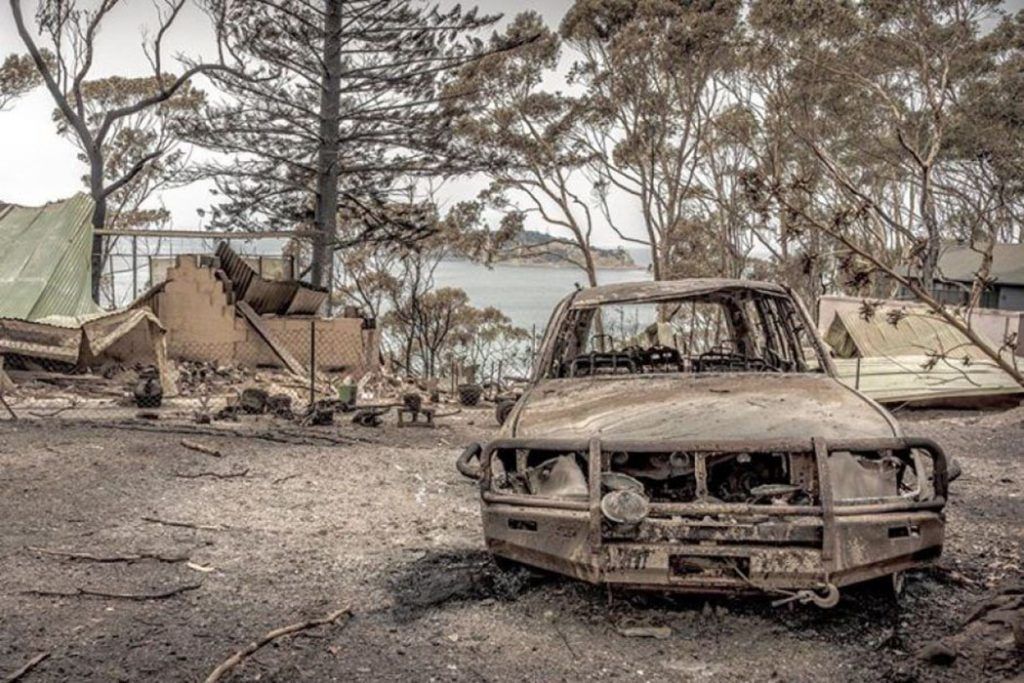 Aftermath of January 2020 wildfires in Rosedale, Victoria, about 184 kilometers east of Melbourne, Australia. Image courtesy Alan Meredith
Aftermath of January 2020 wildfires in Rosedale, Victoria, about 184 kilometers east of Melbourne, Australia. Image courtesy Alan Meredith
“We are unleashing hell on Australia.”
Those were the words that David Karoly of the University of Melbourne used to portray the wildfires ravaging the lands down-under more than a decade ago. Yes, you read that right: this professor of climate change and climate variability had described an Australia of increased heat, drought, and catastrophic fire way back in 2009—not long after a round of wildfires had previously ravaged the landscape.
It turns out that while Australia’s 2019-20 summer wildfires may well be harbingers of death on a hotter planet for at least the rest of this century, they did not come without advance warning. The question now is: What are we going to do about it?
But first, let’s go back to those warnings, and how we got to this position.
Karoly’s research had, in part, focused on what is known here as Black Saturday—February 7, 2009—when devastating fires killed 173 people. (And another 374 extreme-heat-related deaths were attributed to the record-breaking heatwave across southern Australia that had set the stage for the flames.) Firefighters faced unprecedented conditions: high winds, very low humidity, a land dried by 10 years of drought, and a fire index reaching 170 on a 0-to-100 scale. The temperature hit a record 115.5 degrees Fahrenheit in the city of Melbourne and 119.8 degrees Fahrenheit in Victoria as a whole—the Australian state in which Melbourne sits. The amount of energy released by the fires was estimated to be the equivalent of around 1,500 Hiroshima atomic bombs.
And Karoly was not alone in his predictions. Last spring, emergency services warned of the extreme danger; 23 retired fire chiefs pleaded for more resources. Officials at the national government wrote a plan on how to prepare for the increasingly dire effects of fires and other natural disasters. The plan warned of natural disasters on “unimagined scales, in unprecedented combinations, and in unexpected locations,” with effects “likely (to) exceed the capacity of the nation. The consequential damage, loss, and suffering would be immense and enduring.”
The scientific research, and the warnings from current state-based fire chiefs who have the primary responsibility for disaster response, have been unambiguous.
And they were right.
But, as in war, no words or images can prepare a person for the lived experience. How can you imagine a Superstorm Sandy in advance? As a result, it was difficult for authorities to fully grasp the scenarios painted in spring, despite popular memories of Black Saturday remaining vivid.
So, the federal national government’s response was to refuse to even meet the fire chiefs; funding for more water-bombing aircraft was turned down; and the plan written by the national government gathered dust for 18 months.
Consequences. The results of our leaders’ climate denial—effectively kicking the can down the road for some future generation to deal with—are readily apparent.
Even worse conditions prevail now, in the Australian summer of 2019-20. There has been a 10 percent long-term drying trend in Australia’s southeast. A severe three-year drought produced the driest soil conditions on record in Victoria’s neighboring state, New South Wales. Rivers have ceased flowing, farms are devoid of livestock, and temperatures are too hot for cattle to breed, the Sydney Morning Herald reported. This past year was the hottest and driest on record in Australia; the continent’s six hottest-ever days ever recorded were in December 2019. On December 18, the average maximum temperature across the nation was an astounding 107.4 degrees Fahrenheit. Penrith, in the Sydney Basin, recorded 120 degrees Fahrenheit.
The country burned across all six states of Australia; fires almost unbelievable in their scale and ferocity. More than 20 million acres of forest, alpine areas, farms, vineyards, indigenous cultural sites, rural villages, and coastal towns have been destroyed. The devastated area is 10 times that of the 2019 Amazon fires or the California fires of 2018. More than 2,000 homes have been burned, along with billions of dollars of transportation facilities, communications, utilities, and public infrastructure.
Farms and livelihoods have been lost, along with tourist infrastructure and Australia’s carefully-curated image as a natural wonderland. When environmental and health costs are taken into account, one estimate is that, up to now, these fires will have cost the country more than 100 billion Australian dollars, or the equivalent of just over $69 billion in US dollars at the current exchange rate.
But statistics alone fail to get across the magnitude of the situation. Instead, we have to turn to authors such as Richard Flanagan, who wrote in the New York Times’ opinion pages: “The images of the fires are a cross between Mad Max and On the Beach: thousands driven onto beaches in a dull orange haze, crowded tableaux of people and animals almost medieval in their strange muteness—half-Bruegel, half-Bosch, ringed by fire, survivors’ faces hidden behind masks and swimming goggles. Day turns to night as smoke extinguishes all light in the horrifying minutes before the red glow announces the imminence of the inferno. Flames leaping 200 feet into the air. Fire tornadoes. Terrified children at the helm of dinghies, piloting away from the flames, refugees in their own country.”
In Sydney, smoke from the bushfires set off fire alarms, passenger ferries could not navigate the harbor, and health officials warned people to stay indoors. Smoke was so intense that Canberra, the nation’s capital, was rated as having the world’s most polluted air. Universities and hospitals closed, government departments were deserted, and businesses did not open. A potent political metaphor? Canberra’s professional sports teams decamped to continue training 300 miles away.
Beyond dollars and cents. If the destruction to forests is already evident from satellite images, the horrifying loss of animal life may take years to quantify. Current estimates suggest that a billion vertebrate native animals have been killed. Firefighters say they are deeply traumatized by hearing the screams of forest animals being burned alive. Biologist Ben Garrod believes that “by the time we include invertebrates as well as mammals, reptiles, amphibians and birds, the total will conceivably be in the trillions.” Diverse ecosystems across three states have been devastated and are unlikely to return to their former condition because of the warming and drying climate. Vulnerable populations have been decimated. While extinctions, like climate-system tipping points, are clear only in retrospect, it seems very likely that these fires mark a climate-warming extinction event, which may include the long-footed potoroo, the greater glider, the Kangaroo Island dunnart, and the black-tailed dusky antechinus. Biologist Mike Lee says 700 insect species are at “critical risk.”
It is difficult to make sense of what is happening to our country. There is a need to talk about it, but such is the shock that words do not come easily. There is both the trauma of those with direct experience of the firefront and the pain of those around the country who have watched from a distance but feel connected to the loss. This is a national trauma, belatedly being recognized as a mental-health crisis. The scientific research papers and risk analyses, the numbers and probabilities, did not prepare one for the visceral horror of witnessing our land dying.
Anger has been directed at the national, conservative, Liberal-National Party government and particularly prime minister Scott Morrison, who chose to go on holiday in Hawaii as the fires raged. The conservatives, in power for 18 of the last 24 years, for all practical purposes continue to be climate denialists due to their lack of action.
And in their words as well in many cases, including former Australian prime ministers Howard and Abbott. For his part, Morrison infamously brandished a lump of coal in parliament in 2017, declaring triumphantly for the official public record: “This is coal. Do not be afraid. Do not be scared. It will not hurt you.”
Crying out for leadership. Out of 208 countries, Australia is the 14th-largest greenhouse gas emitter, with the highest emissions per capita of all major nations. It will shortly become the world’s third-largest carbon polluter when coal and gas exports are included. According to current projections, by 2030 Australia will be responsible for 13 percent of global emissions. Yet the Australian government does not plan to reduce emissions significantly through this coming decade. It also turns a blind eye to data showing that, while thermal coal mining employs 38,000 people, tourism employs 924,000, the Melbourne newspaper The Age reported.
The conservatives are entranced by the fossil fuel industry and march to the climate-denialist tune of the Murdoch-Fox media, which dominates Australia’s media ecosystem even more so than it does the United States’. (Fun fact: Australia’s media ownership concentration is among the highest in the world, with the media’s four largest players estimated to account for more than 90 percent of the industry’s revenue. In a recent study, Australian newspapers were ranked the most concentrated of 26 countries surveyed; the Australian-born Rupert Murdoch’s News Corp has a grip on about 70 percent of the circulation of daily newspapers in Australia’s major cities.)
Despite having the political table tilted heavily in their favor, conservatives are now in a quandary. They have blocked effective climate policies and failed to produce any useful policies of their own. The thin-skinned prime minister failed to understand this current crisis. People cried out for leadership, but he demonstrated only a lack of empathy and a stalled response. There is obfuscation, blame-shifting, evasion, untruths, and a failure to accept responsibility.
Market researchers say the government, which narrowly won an election in 2019, is suffering badly as a result. Polls confirm this and indicate that “Australians want government to mobilise against climate change like a ‘world war.’ ” The demands for the government to step up have risen to a roar.
Around the world, protestors, governments, and media commentators from both left and right have mocked and castigated Prime Minister Morrison. At times the criticism has been ferocious, reflecting bitterness at Australia’s role—together with the United States, Russia, and the Gulf states—in sabotaging the Madrid climate talks last December.
The polls are clear that Australians want more action on climate, but the government has not been listening. Some people optimistically believe that, if climate-change-enhanced disasters in the developed world were devastating enough, then capital would demand governments act decisively, if only from self-interest. Yet in the midst of Australia’s national trauma, big business has been all but silent. Perhaps University of Melbourne sociologist Boris Frankel is right in saying that “many companies prefer to live with the risk of global warming rather than face the consequences of government action on decarbonisation.” Grossly underestimating the real risk is a death wish.
Warm the human body by 7 degrees Fahrenheit and death ensues. On the Paris Agreement emissions trajectory, the entire world is heading for around 7 degrees Fahrenheit of warming once system feedbacks are included. Johan Rockström, director of the Potsdam Institute for Climate Impact Research, says of a 7 degree-warmer world: “It’s difficult to see how we could accommodate eight billion people, or even half of that… There will be a rich minority of people who survive with modern lifestyles, no doubt, but it will be a turbulent, conflict-ridden world.”
Perhaps the situation was described best in a commentary in The Lancet: “Without immediate and efficient climate action, catastrophic bushfires will become a common disaster and might destroy the future of Australia and possibly of humanity.”
On a hotter planet, we are all Australians, one way or another. And the fire season is far from over.
Together, we make the world safer.
The Bulletin elevates expert voices above the noise. But as an independent nonprofit organization, our operations depend on the support of readers like you. Help us continue to deliver quality journalism that holds leaders accountable. Your support of our work at any level is important. In return, we promise our coverage will be understandable, influential, vigilant, solution-oriented, and fair-minded. Together we can make a difference.
Keywords: Australia fires, bushfire, climate change, climate crisis, drought, global warming, natural disaster, wildfire
Topics: Climate Change





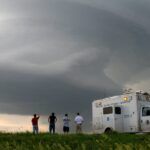


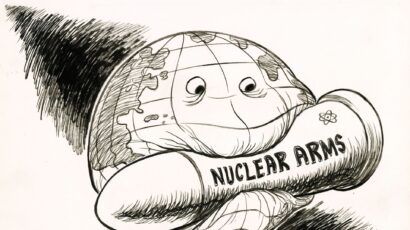



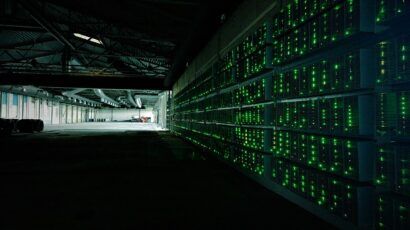
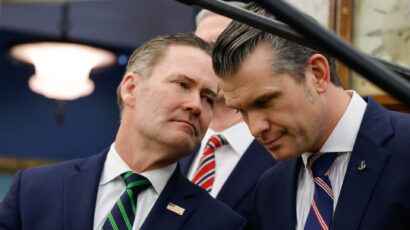


An excellent analysis of the depressing level of inaction and despair in this (once) beautiful land.
It’s worth noting also that though the Australian Labor Party opposition’s position is significantly better than the conservatives, their policies still pander to the coal lobby and fall a long way short of what we actually need to even begin to slow the catastrophic rate of collapse of our unique ecosystems. We desperately need courageous leadership.
Read once a day until you’re able to say: “Life is normal no more. And nothing is more important now than working together to urgently reduce emissions to zero. Not party politics. Not holidays overseas. Not business as usual. Not life as normal.”